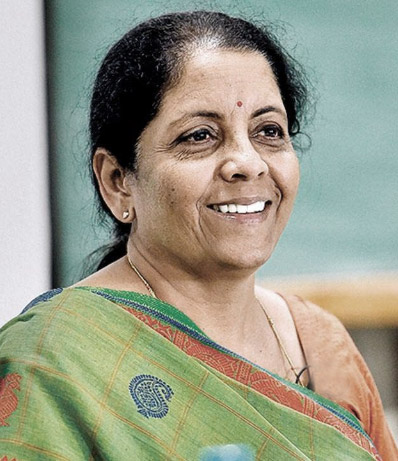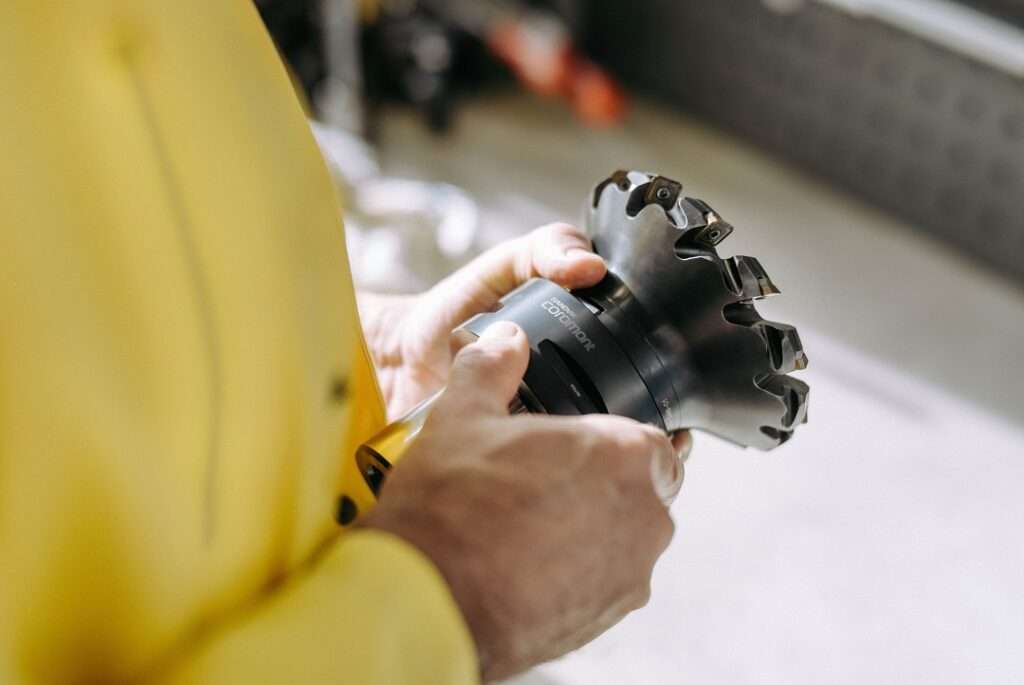- Atmanirbhar Bharat represents the political will and associated efforts to procure and/ or support indigenous equipment
- A great opportunity for not only the defence sector but almost the entire Indian manufacturing sector
- Several steps taken by the government with regards to the Defence & IT sector are a good starting point
Atmanirbhar Bharat Abhiyan or 'self-reliant India' is the vision of the PM of India Shri. Narendra Modi of making India "a bigger and greater vital part of the worldwide financial system", pursuing rules which can be efficient, aggressive and resilient, and being self-sustaining and self-generating.
The defence sector has already been contributing by procuring indigenously manufactured defence systems. The recent amendments in procurement procedures like, if an indigenous system fulfils all the requirements then it should be selected, etc, and the participation of Indian private vendors in defence manufacturing along with public sector units will provide a big boost to Atmanirbhar Bharat.
Make in India
“Make in India” has spread out the defence zone to personal and foreign investments, which in flip is increasing home manufacture of the military system. Nowadays, numerous foreign OEMs are stepping into a planned alliance with neighbourhood Indian businesses in the production of army equipment.
Various committed are reading how defence expenditure can be decreased. Make in India led us to the development of LCA. We have developed Brahmos. International firms are coming to India like Boeing etc. We are doing good in the Defence area. India and Russia are jointly producing the AK-203 rifle India and Israel together are working on drones along with other developments. You can visit https://www.makeinindia.com/sector/defence-manufacturing to explore opportunities in Indian defence manufacturing.
Foreign Direct Investment in the Defence Sector

In a massive push for ‘Make in India’ for the defence area, finance minister of India Nirmala Sitharaman introduced raising the foreign direct funding FDI restriction in the defence sector below the automatic course from 49% to 74%. She also stated that the import of some weapons and structures will not be allowed.
“We shall notify a listing of weapons and systems if you want to now not be allowed or imports. Every 12 months this list will be accelerated, as we construct capacities,” Sitharaman stated in her fourth economic stimulus press convention during the lockdown announcing the ₹20 lakh crore.
Negative List for Defence Import
As this “import equipment ban”, perhaps raises more than 101 queries, in review? It does not, in the near future. There has been a lot of talk about privatization, with the Rafale’s (recently inducted), being maintained by a private company, rather than HAL. Most, if not all defence production, especially major equipment, technical and in larger volumes (ammunition), is in the hands of the public sector, already.
The plan may be for the long term and it is the baby of the MoD, itself, who already are the only importers (as required) of all defence equipment. Cost is a big factor in decision making – which means that IPR payments will have to be made if required. It takes about 3 years from design approval to manufacture, as in the case of the Russian A K 47.
Indigenous Manufacture of Defence Equipment
 Indigenous manufacture of defence equipment is continually less expensive than imports and leads to smaller protection finance, permitting the nation to allocate higher budgets for schooling, fitness, and development of infrastructure. Growth of the domestic manufacturing industry and the creation of a strong defence manufacturing ecosystem. Growth of design and R&D agencies, both private and public sector players, leading to a strong technology innovation ecosystem. Generation spin-offs to non-defence era areas together with healthcare, clinical diagnosis, automobile engineering, inland safety, maritime transport, etc, and the overall potential for growth of the industry, in general, leading to employment generation
Indigenous manufacture of defence equipment is continually less expensive than imports and leads to smaller protection finance, permitting the nation to allocate higher budgets for schooling, fitness, and development of infrastructure. Growth of the domestic manufacturing industry and the creation of a strong defence manufacturing ecosystem. Growth of design and R&D agencies, both private and public sector players, leading to a strong technology innovation ecosystem. Generation spin-offs to non-defence era areas together with healthcare, clinical diagnosis, automobile engineering, inland safety, maritime transport, etc, and the overall potential for growth of the industry, in general, leading to employment generation
However, one needs to appreciate this from a long term perspective. Defence equipment belongs to highly specialized and restricted domains and hence it is not easy for any industry to jump into it. Defence equipment is required to conform to very high degrees of ruggedness, reliability, and quality. Further, in the case of armaments, issues of safety against accidental ignition also arise. These are rarely encountered issues in normal commercial and industrial equipment. It, therefore, requires an indigenous industry to sensitize itself to these matters before getting involved in the manufacture of defence equipment.
It is evident from the above that the process of indigenization needs to be implemented in a planned manner with prioritization based on strategic requirements as well as the availability of local talents. Hence, this has to be seen as the long term objective. India's success in the areas of space exploration, missile technology, fighter aircraft, naval destroyers, and submarines, etc. has precisely demonstrated the excellent skills and capabilities of its scientists and engineers. With the right kind of support and encouragement from the Indian Government as well as the Armed Services, the Indian industry is certainly capable of meeting all the needs of the Indian defence forces over time. When this can happen depends entirely on the opportunities provided to them.
As of now, talks are now on with many offshore defence manufacturers under “Make in India” and self-reliance has grown to be an associate, especially for industries like defence. Defence forces require the quality of the system and the trendy era, so a number of the modern-day weaponry will stay imported. But some devices are being made in India and can be sold by the defence force.
Induction of Military Key Equipment
The induction of Tejas, Dhruva Helicopter, Indigenous Missile Systems, and Air Defence systems, Namika (Anti – Tank Missile carrier), Pinaka Rockets; Submarines, Frigates, Destroyers, etc. Naval vessels including that of Coast Guard produced by Indian PSU's and firms like Goa Shipyard Limited, Mazagon Dock Limited, etc under partnership model.
The policies and constructive steps taken by the Government of India on the localisation of Defence Manufacturing is very promising. However, there are still a lot of sectors that require some serious efforts from the government side. Let's hope for the best for a self-reliant/ self-sufficient India.







